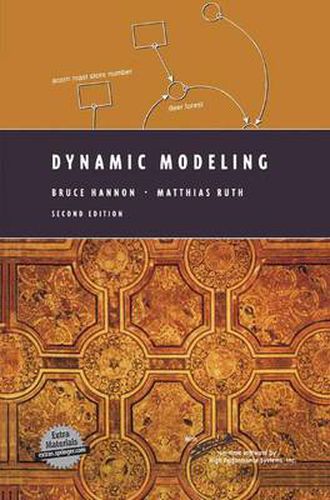Readings Newsletter
Become a Readings Member to make your shopping experience even easier.
Sign in or sign up for free!
You’re not far away from qualifying for FREE standard shipping within Australia
You’ve qualified for FREE standard shipping within Australia
The cart is loading…






This title is printed to order. This book may have been self-published. If so, we cannot guarantee the quality of the content. In the main most books will have gone through the editing process however some may not. We therefore suggest that you be aware of this before ordering this book. If in doubt check either the author or publisher’s details as we are unable to accept any returns unless they are faulty. Please contact us if you have any questions.
The book uses STELLA software to develop simulation models, thus allowing readers to convert their understanding of a phenomenon to a computer model, and then run it to yield the inevitable dynamic consequences built into the structure. Part I provides an introduction to modeling dynamic systems, while Part II offers general modeling methods. Parts III through VIII then apply these methods to model real-world phenomena from chemistry, genetics, ecology, economics, and engineering. A clear, approachable introduction to the modeling process, of interest in any field where real problems can be illuminated by computer simulation.
$9.00 standard shipping within Australia
FREE standard shipping within Australia for orders over $100.00
Express & International shipping calculated at checkout
This title is printed to order. This book may have been self-published. If so, we cannot guarantee the quality of the content. In the main most books will have gone through the editing process however some may not. We therefore suggest that you be aware of this before ordering this book. If in doubt check either the author or publisher’s details as we are unable to accept any returns unless they are faulty. Please contact us if you have any questions.
The book uses STELLA software to develop simulation models, thus allowing readers to convert their understanding of a phenomenon to a computer model, and then run it to yield the inevitable dynamic consequences built into the structure. Part I provides an introduction to modeling dynamic systems, while Part II offers general modeling methods. Parts III through VIII then apply these methods to model real-world phenomena from chemistry, genetics, ecology, economics, and engineering. A clear, approachable introduction to the modeling process, of interest in any field where real problems can be illuminated by computer simulation.